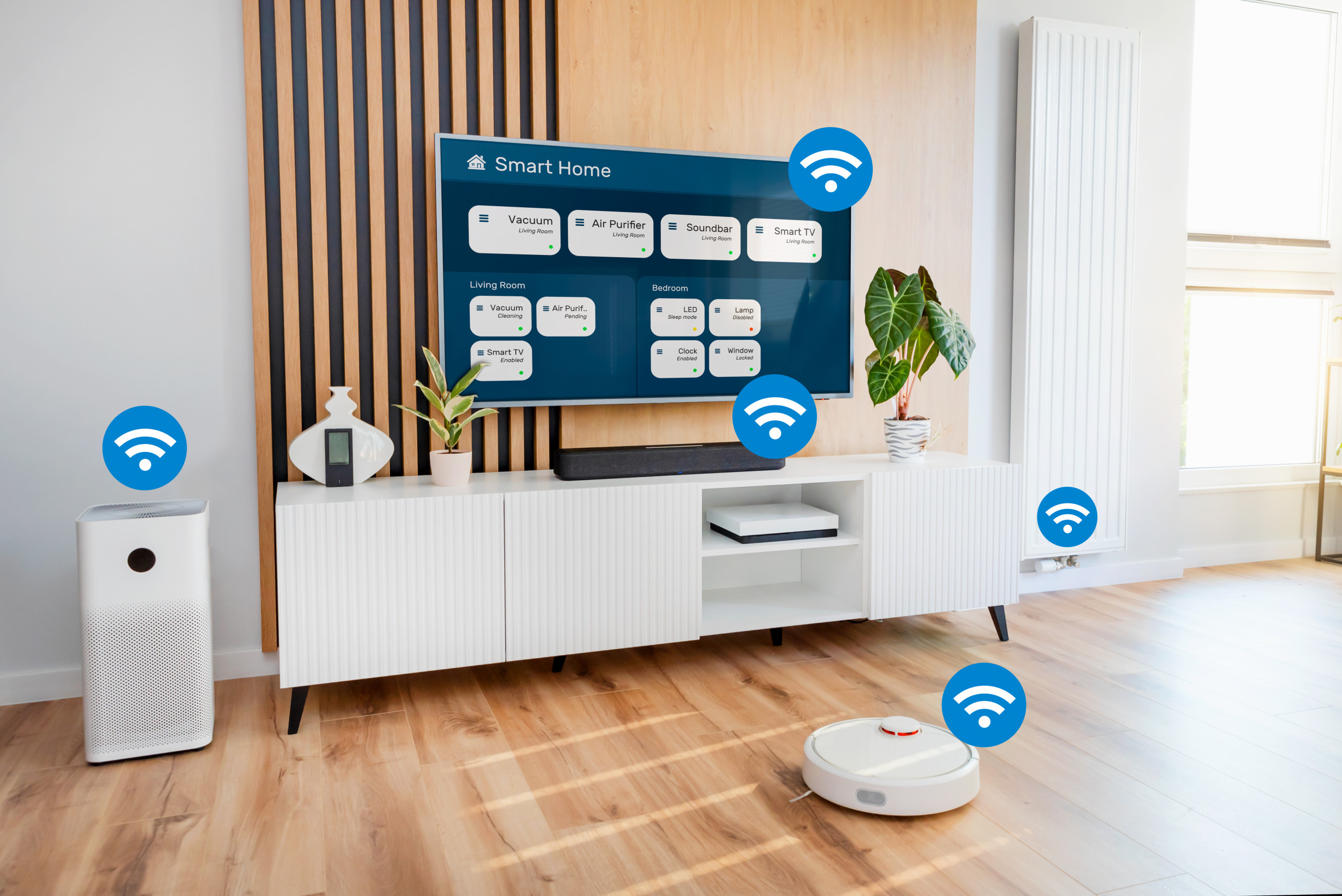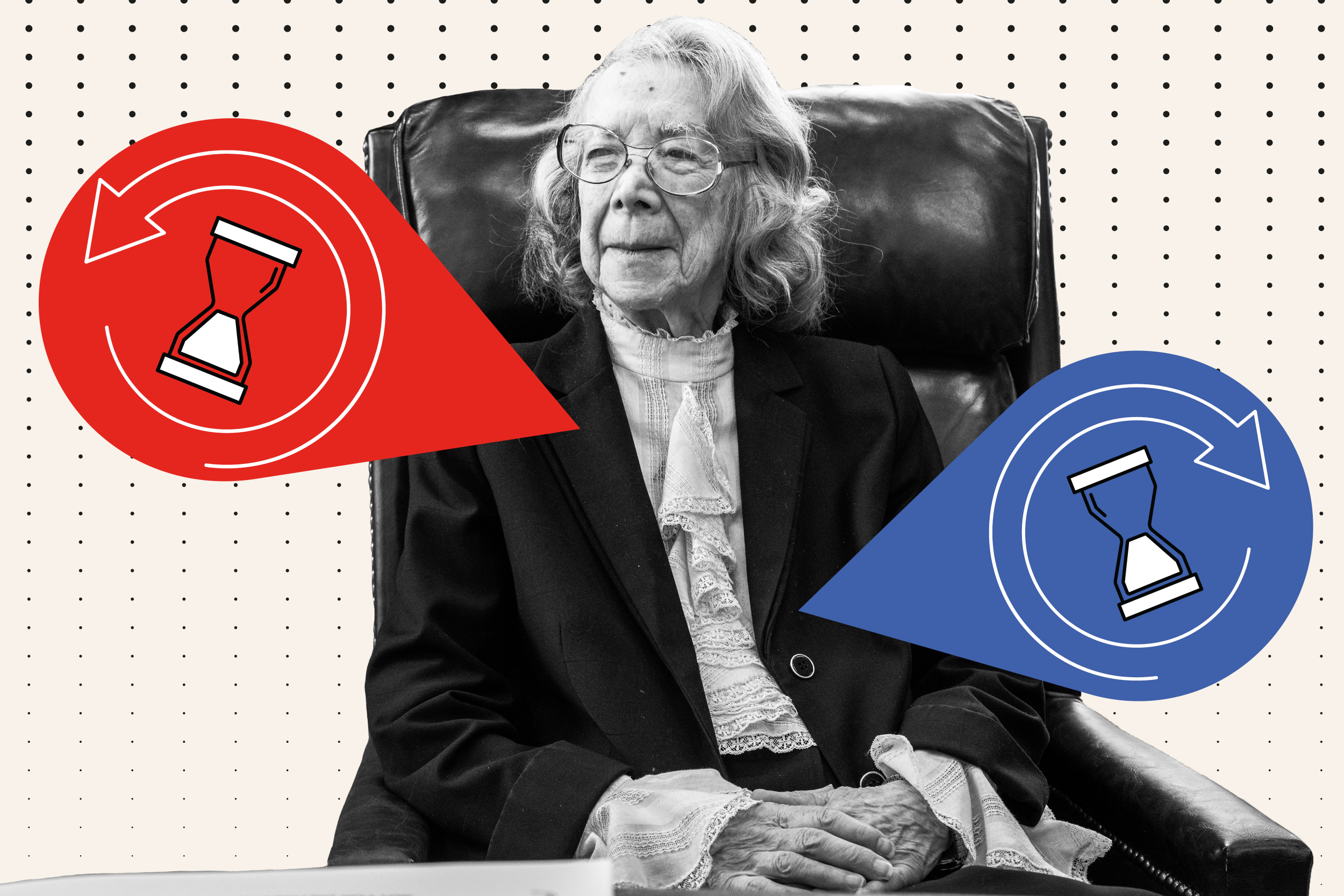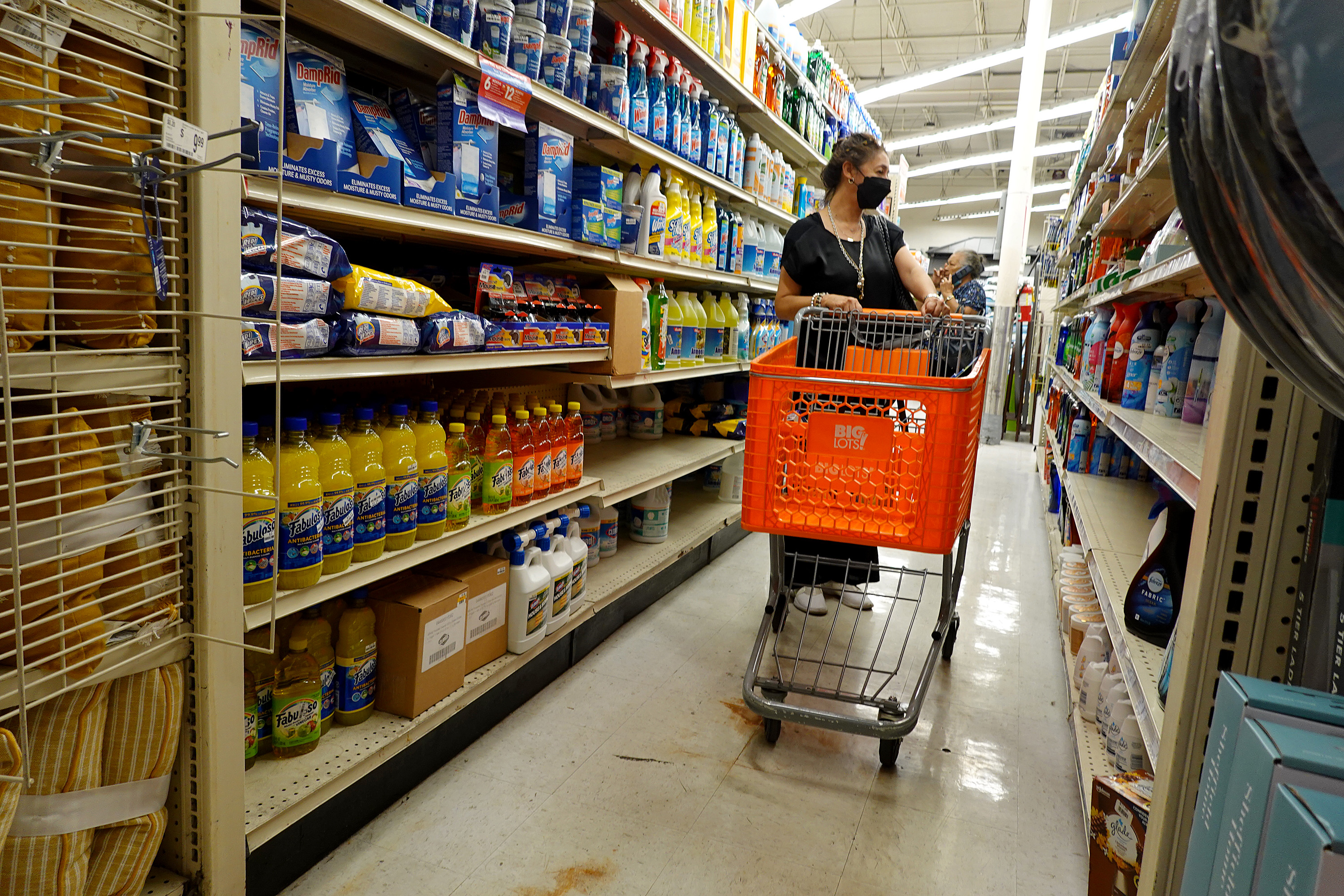
Why turn to smart tech now? Is it because it's trending, or are there real benefits? This year, the industry faced higher inflation rates with the possibility of prolonged economic turbulence. Many owners took measures to control expenses, aiming to trim operational inefficiencies and find savings.
Proptech has proven to be one of the most reliable investments owners can make to elevate property performance and retain residents, regardless of economic conditions. Market Watch predicts the smart home market to reach $151 billion by 2023. Let's explore why multifamily owners are turning to smart tech, the tangible benefits they experience, and why it's now an essential tool for remaining competitive, especially during uncertain times.
Proptech Provides Operational Efficiencies and Resiliency
Proptech helps owners create efficiencies across multiple areas of their business, automating cumbersome tasks and enabling proactive problem-solving.
• Energy Efficiency
Smart lighting and smart thermostats can lower site-wide energy expenditures, which benefits both owners and tenants. Property managers can schedule lighting and temperature settings adjustments based on the time of day, the weather, and the level of occupancy of their properties. Community staff no longer need to venture across the property to adjust devices as needed. This allows property owners to cut costs while also reducing their carbon footprint.
Residents also reap the benefits of energy efficiency. A study conducted by Nest Labs showed that smart thermostats in homes can save residents between 10-12% on heating costs as well as 15% on cooling costs each year. Some of the latest smart thermostats on the market feature precise temperature control, self-regulation during extreme weather, and sensors that detect humidity before molding occurs. With these devices, residents can avoid paying thousands in property damage and lower their monthly energy bills.
• Remote Access
Owners can also leverage smart community access control to allow prospective tenants to take self-guided tours of available units.
Being able to remotely control access allows a property to host multiple tours simultaneously. Less staff and more tours for prospects are key elements to staying strategically economical for property owners. This means properties can offer more tours on average, increasing their leasing velocity and conversion rate. An uptick in these categories can also help owners safeguard their assets. Residents and prospects can both enjoy seamless access to common areas, building entries, and individual apartment homes.
• Retaining Occupancy
Even a modest investment in smart tech can turn your multifamily property into an attractive community that residents never want to leave. In fact, a survey conducted by Rent.com showed that 82% of tenants wanted at least one smart device in their homes. There's no doubt that renters want smart tech, which means there's an opportunity for property owners to provide. Happy residents are more likely to renew their leases, which bodes well for your retention rate, occupancy rate, and bottom line.
Achieving Longevity with Diverse Integrations and Cost-Effective Solutions
Smart tech integration streamlines processes and differentiates properties from competitors. Seamless connectivity and centralized control enhance property management and offer residents a seamless home experience.
• Integrations
Smart tech integrations are key when it comes to streamlining processes and differentiating properties from competitors.
Think about the smart home gadgets many of our homes already contain, such as video doorbells, intelligent lights, or voice-controlled audio systems. While they offer both convenience and security, these devices are often from different brands that cannot seamlessly communicate with one another.
Having devices that not only connect to the same network but also work seamlessly with each other and allow owners control from a centralized hub is critical when giving tenants the features they want. It enables smoother, more efficient property management and simultaneously provides residents with a more seamless home experience.
Hardware-as-a-Service (HaaS)
HaaS is a cost-effective investment model where owners lease hardware instead of purchasing it outright. All-inclusive pricing covers installation, support, troubleshooting, and faulty device replacements. Some HaaS programs even include device upgrades, ensuring access to the latest technology.
To embark on the journey of implementing smart tech, consider the following initial steps:
• Assess your property's needs: Understand the specific pain points and challenges that smart tech can address. Identify areas where automation, energy efficiency, and remote access can make a significant impact.
• Research and evaluate solutions: Explore different smart tech providers and their offerings. Consider factors such as compatibility, scalability, and support to find the right fit for your property.
• Develop a phased implementation plan: Determine the timeline and prioritize areas of implementation. Gradually introduce smart tech solutions to ensure a smooth transition and minimize disruption.
Now, let's check out two different paths to embracing smart tech:
• Partnering with a Smart Tech Provider: This option is well-suited for medium to large communities, as it offers economies of scale with installation and comprehensive support from the provider.
• Implementing Smart Tech Independently: This approach is more appropriate for small communities or those looking to conduct an initial test or pilot on a small set of units. It allows for greater flexibility and customization based on specific needs.
To maximize the benefits of smart tech, here are some actionable tips you can implement on your properties:
• Educate residents about the benefits of smart tech.
• Provide user guides and tutorials.
• Foster a community forum or platform for resident engagement.
• Train staff on smart tech features.
• Streamline maintenance and operations using automation capabilities.
• Stay updated with advancements in proptech.
• Seek feedback from residents to prioritize upgrades and modifications.
In conclusion, the time to embrace smart tech is now. The benefits are clear—from operational efficiencies and energy savings to improved resident satisfaction and retention. Proptech is not just a trend; it's a strategic tool for long-term success.
By leveraging automation, energy efficiency, remote access, and integrations, property owners can stay at the forefront of the industry and meet the evolving needs of residents. Whether partnering with a smart tech provider or implementing independently, taking the initial steps towards implementing proptech can position your property for success in the digital age.








